Standards:
USB 2.0 Hubs
USB 3.0 (3.2 Gen 1) Hubs
USB 3.2 Gen 2 Hubs
USB Type-C Hubs
Reach out for technical support or sales inquiries and you’ll find yourself in the hands of a solution-oriented and knowledgeable expert ready to answer whatever question you throw at them.

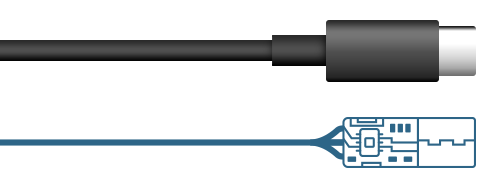
USB Type C or USB-C is the newest USB interface to come to the market along with USB 3.1. USB Type C connectors can be plugged into any USB-C device on either end because of a reversible design.
USB Type C connectors are compatible with USB 2.0, 3.0, 3.1 Gen 1 and Gen 2. When connecting two USB 3.1 devices, the USB-C cable will transmit data at maximum 10 Gbps with enhanced power delivery of up to 20V, 5A and to support DisplayPort and four channel audio.
The USB-C standard bridges the gap between what was USB 3.0, to the new renamed USB 3.1 Generation 1 and 2. Gen 1 of USB 3.1 supports up to 5 Gbps data transmission speed while Gen 2 supports up to 10 Gbps. Both generations of USB 3.1 are backwards compatible to earlier versions of USB, but speed is fully dependent upon the USB version of the connected device.
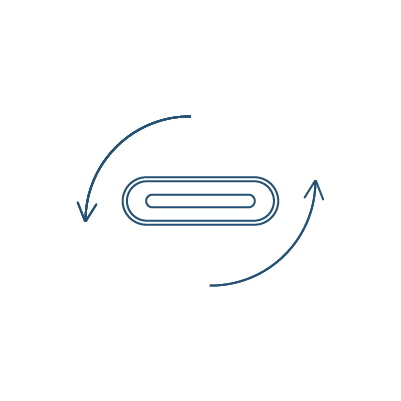
Extremely user friendly as the orientation of the connection doesn’t matter.

USB-C versatility is unmatched with its ability to shoulder numerous popular interfaces.

With Power Delivery capabilities, USB-C can simultaneously charge devices and transfer files.
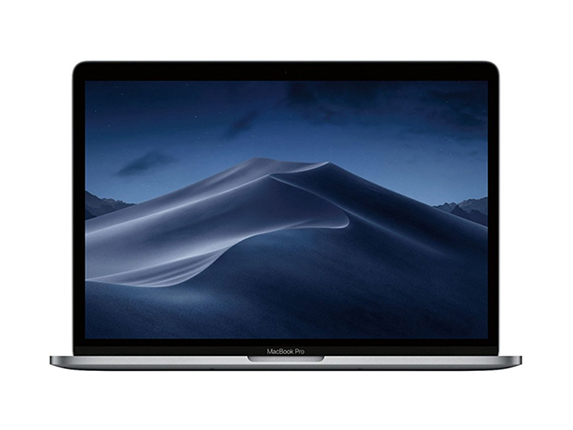
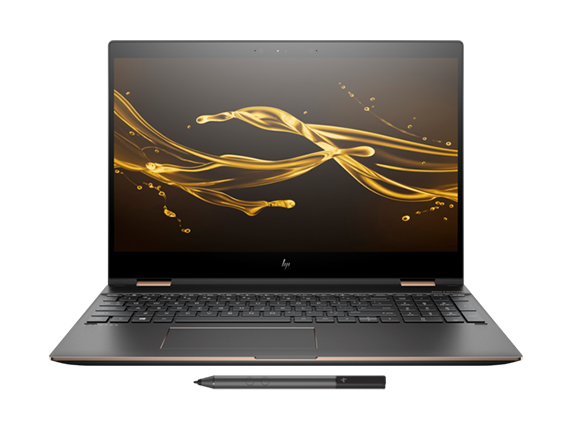
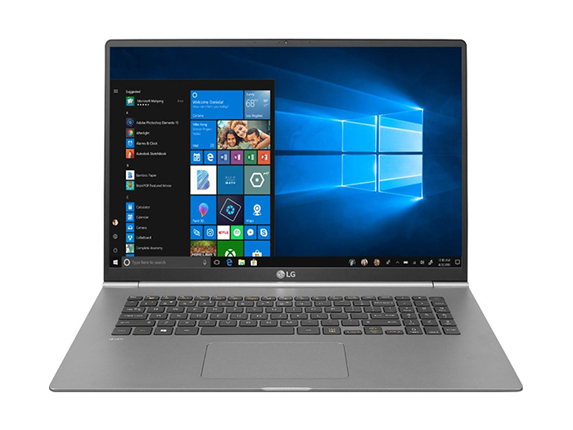
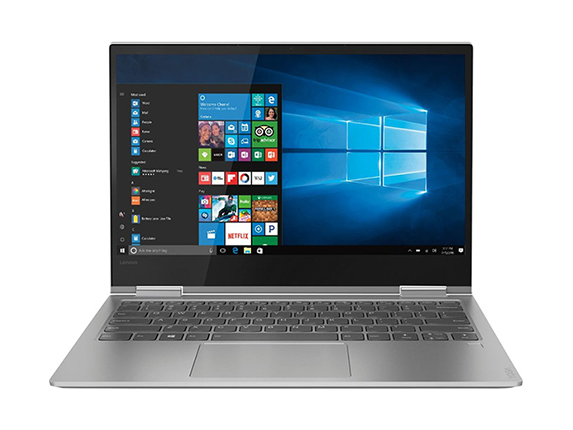
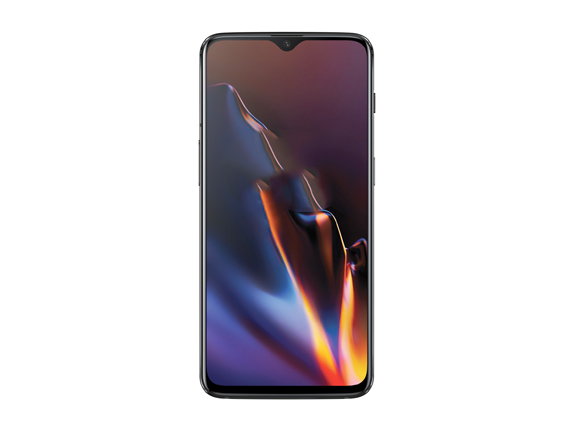
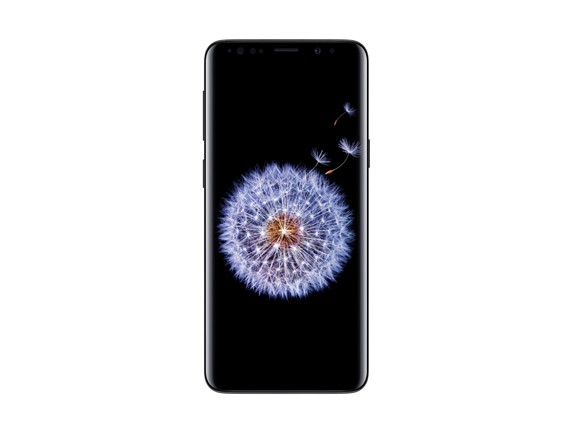
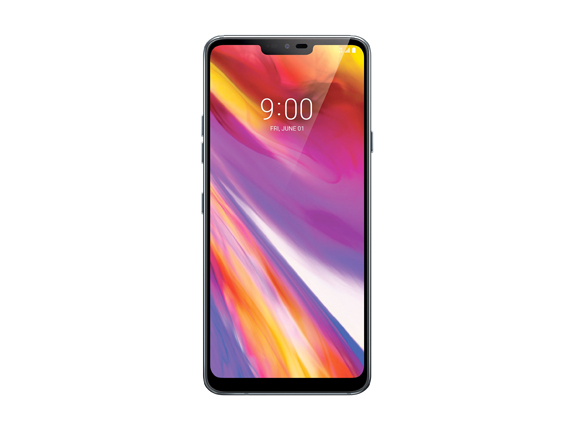
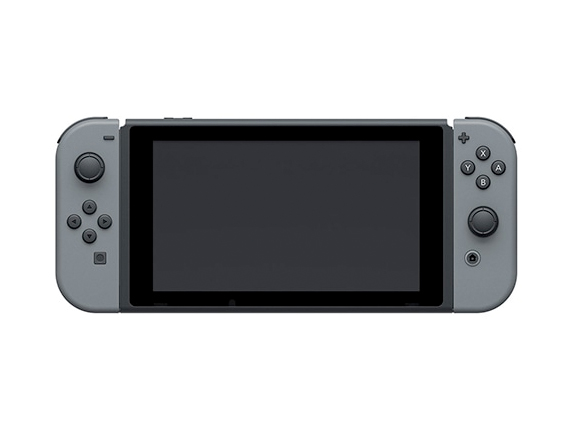
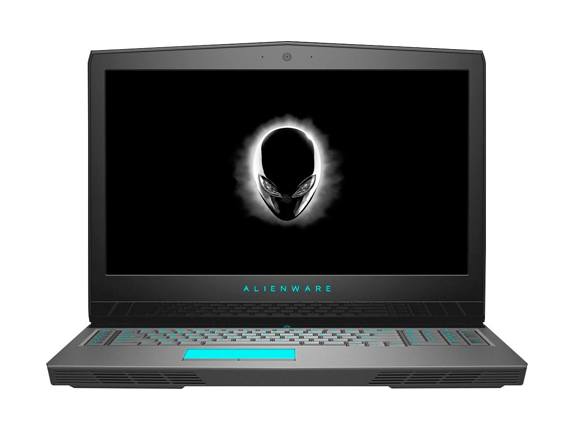
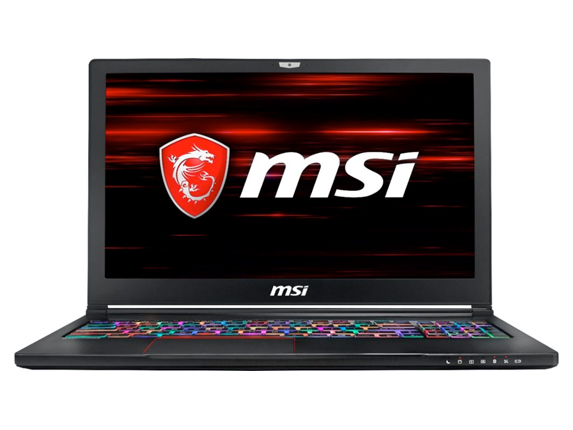
━━━━━━━━━━━━━━━━━━━━━━━━━━━━━
Higher performance – USB-C can transfer data at up to 10Gbps (gigabits per second). That’s up to 20 times faster than USB2.0.
More power – USB-C cables can power almost anything up to up to 100 watts, or 3 amps of power. From laptops to large high-resolution monitors, even printers.
Smaller-form factor – It’s about a third the size of the old USB Type-A plug, which has been the industry connector standard for years
Ease of use– You don’t have to worry about orienting your cable “the right way” anymore. With USB-C, both ends of the cable feature the same kind of connector.
Reversible connectors – The reversible function of USB-C also has the added benefit of cutting down on the need for adapters. No longer will you have to carry around a handful of adapters to successfully plug in to and charge your various devices.
Technological versatility is maximized with USB-C becoming the new standard. USB-C will become the one cable for multiple uses. Power delivery as well as quick file transferring makes for a truly universal connector. Also, the connector is reversible by design so the orientation of the connection doesn’t matter; power and ground are in the same place all the time.
USB-C technology expands on what USB-A as well as USB-B and other USB connectors could not give you. The USB-C connector, unlike its predecessors, will offer Power Delivery to charge devices as well as the ability to move data.
USB Type-C, which came about in the planning of the USB 3.1 standard (SuperSpeed USB 10 Gbps), is capable of providing data, display, and even power all through a single port. The USB-C connector is being widely adopted by manufacturers including Apple, Google and Microsoft. With such widespread support from these market-leading manufacturers, it’s only a matter of time before this standard becomes the norm.
Although USB-C and USB 3.1 were developed at the same time, they are not the same thing. USB 3.1 is the new technology. The USB-C connector enables the functionality to support the new technology.
In bridging the gap between USB 3.0 and USB 3.1 technologies, the USB-C connector comes in two Generations. USB-C Generation 1 offers up to 5Gbps of data transmission while Generation 2 offers up to 10Gbs of data transmission.
While USB Type-A, B, and Micro-B connections are still used, USB-C cables have been created to accommodate those legacy connections. USB-C has essentially been made to be backward compatible with USB 2.0 and USB 3.0 devices using older connector types either directly from the cable or through the use of an adapter.
USB PD pr USB Power Delivery is a protocol for charging that uses high speed USB-C connectors and cables. Devices that are PD-enabled offer safe and faster charging as well as more power for larger devices, removing the need for additional power supplies. It offers increased power levels up to 100W and share power in both directions.
Besides power delivery and data transmission, USB-C also allows, through the use of an adapter, video connection capabilities. VGA, HDMI, or even DVI cables can be used to mirror your screen data to a monitor or projector.